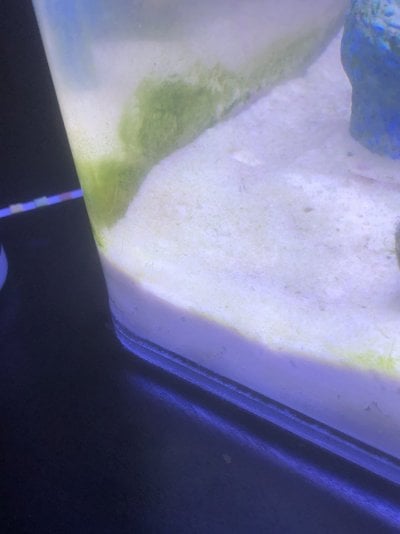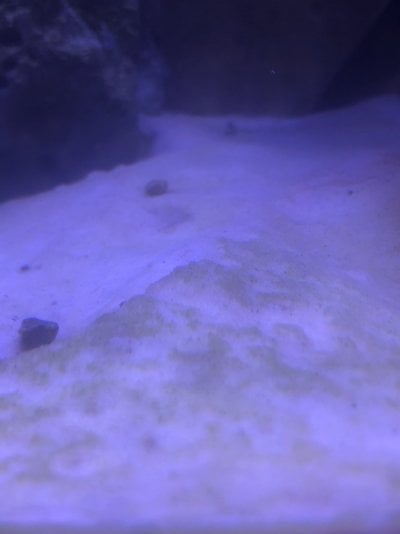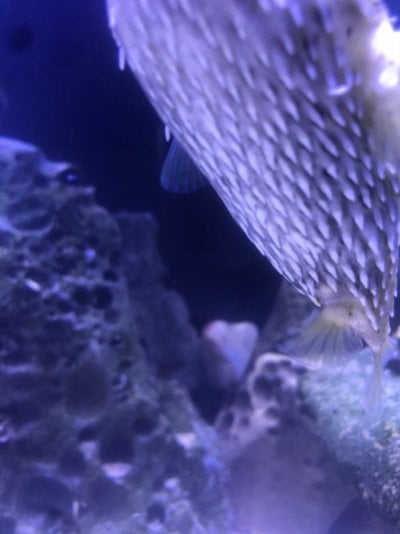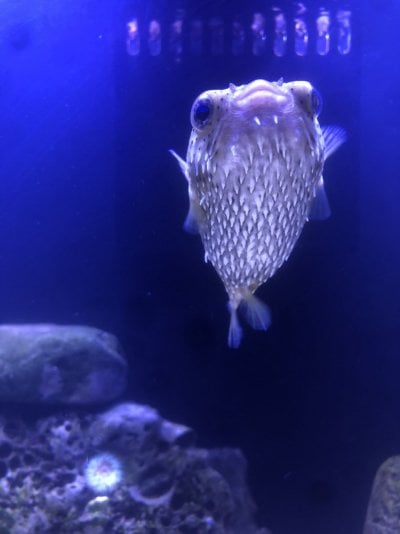If your lights are not programmable, you can get a simple on/off timer from Target or Home Depot to plug them into and set it so they are on for 12 hours every day.
Here’s a link to all of the water tests you would need:
Salifert Master Reef Testing Combo Kit - Saltwater Aquariums
Others could speak more intelligently about which tests are most important if you don’t want to spend this much right now.
Here’s a link to all of the water tests you would need:
Salifert Master Reef Testing Combo Kit - Saltwater Aquariums
Others could speak more intelligently about which tests are most important if you don’t want to spend this much right now.























